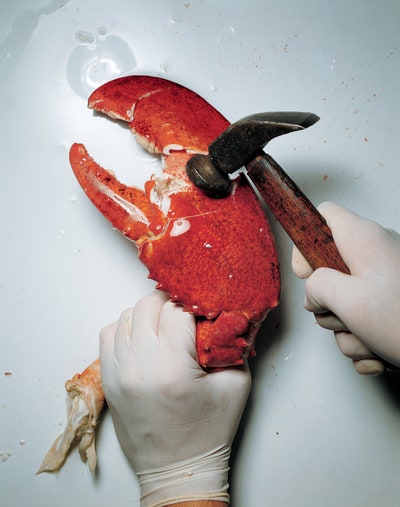High histamine food intolerance? Read this

Histamine is a chemical that plays an important role within the body. It’s responsible for communicating messages to the brain, triggering the release of stomach acid to aid in digestion and releases after an injury or allergic reaction, as part of the body’s immune response.
Histamine is normally considered a good thing, but it can become a problem when the body isn’t able to metabolize it. If histamine starts building up in the body, faster than it can be broken down, symptoms can occur similar to that of a food allergy or sensitivity. This is what is known as histamine intolerance.
Excess levels of histamine in the body can be caused by a deficiency of an enzyme called diamine oxidase or DAO. DAO is what’s responsible for breaking down histamine.
Some causes of low DAO enzyme levels as well as excess histamine, include:
Consuming foods that block DAO enzymes or trigger histamine release
Consuming histamine rich foods.
Chronic low-grade infections. When pathogens release toxins, it can cause a histamine response and normal levels of DAO enzymes can’t keep up with the increased levels of histamines being released.
Gastrointestinal disorders, such as leaky gut syndrome and inflammatory bowel disease.
Poor Methylation. Not methylating properly during liver detoxification can cause the body to over produce or over retain histamine.
Some foods contain high levels of histamines. It is best to avoid these foods in order to eliminate symptoms of a histamine intolerance.
High Histamine Foods:
Bone broth
Chocolate
Bananas
Citrus fruit
Fermented and alcoholic beverages: especially wine, champagne and beer.
Fermented foods: sauerkraut, vinegar, soy sauce, kefir, yogurt, kombucha, etc.
Foods that contain vinegar: pickles, mayonnaise and olives.
Cured meats: bacon, salami, pepperoni, lunch meats and hot dogs.
Soured foods: sour cream, buttermilk and sourdough bread.
Dried fruit: apricots, prunes, dates, figs and raisins.
Aged cheeses
Nuts: walnuts, cashews and peanuts.
Vegetables: avocados, eggplant, spinach and tomatoes.
Fish: smoked fish, mackerel, mahi-mahi, tuna, anchovies and sardines
Processed foods: preservatives are very high in histamines.
Histamine Releasing Foods:
Alcohol
Bananas
Chocolate
Cow’s milk
Nuts
Papaya
Pineapple
Tomatoes
Strawberries
Shellfish
Wheatgerm
Preservatives and dyes
DAO Blocking Foods:
Alcohol
Energy Drinks
Black Tea
Green Tea
Mate Tea
To combat a high histamine intolerance, try starting with the Low FODMAP diet which you can read about here
Supplements that help with histamine intolerance include:
Histazyme: contains DOA and supports a healthy breakdown of food derived histamine.
BiOptimizers MassZymes: a full-spectrum enzyme formula for optimal digestion.
Vitamin B6: helps DAO break down histamine
Vitamin C: helps lower histamine levels in the blood and helps DAO break down histamine.
Copper: helps raise DAO blood levels slightly and helps DAO break down histamine.
Magnesium: raises the allergic response threshold.
Managanese: inhibits the release of histamine from mast cells.
Zinc: inhibits the release of histamine from mast cells and helps DAO break down histamine.
Calcium: helps to reduce hives and skin flushing
***THESE STATEMENTS HAVE NOT BEEN APPROVED OR REGULATED BY THE FDA. WE ARE NOT DOCTORS, THEREFORE ALWAYS CONSULT WITH YOUR DOCTOR FIRST.





